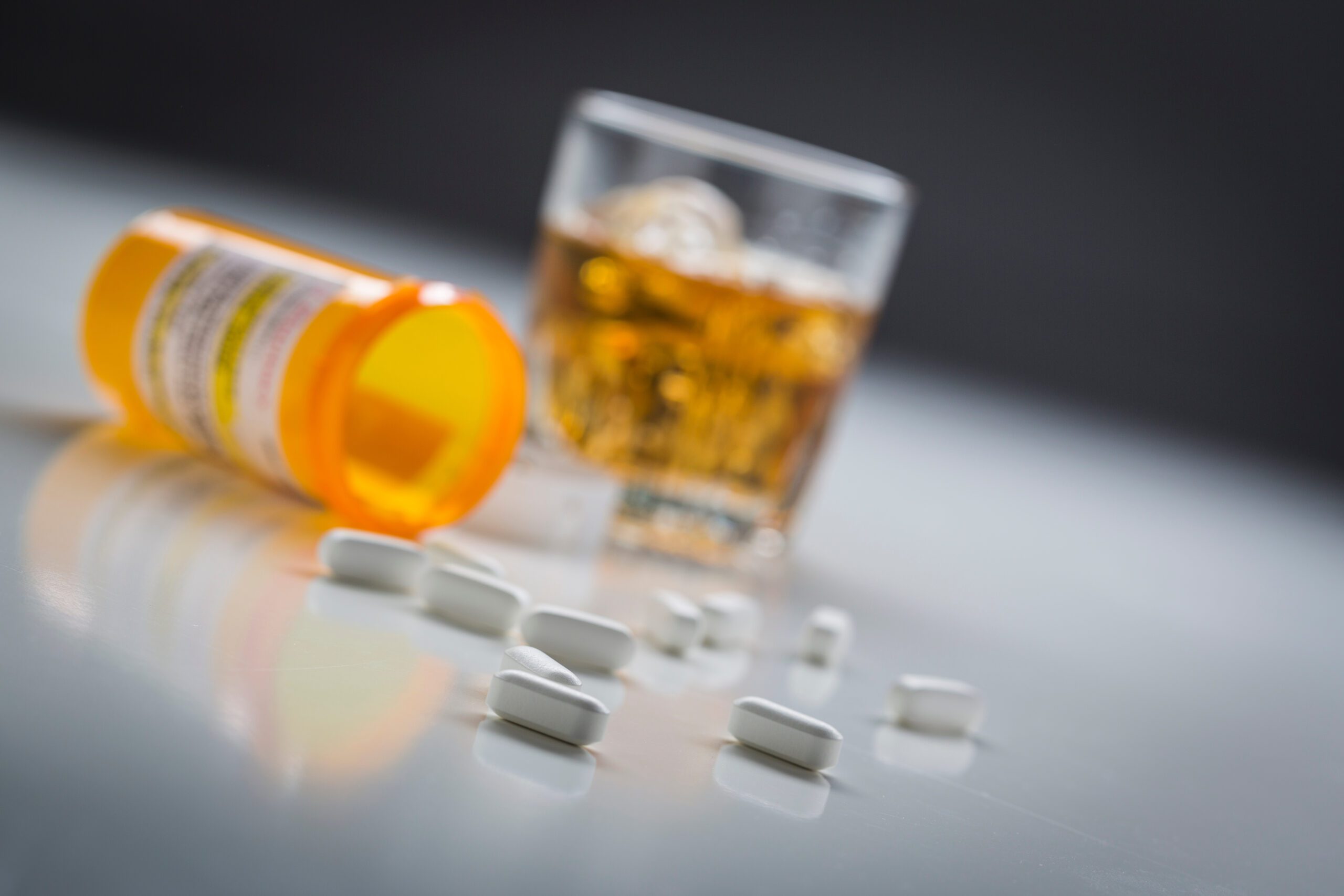
We all function at our best when we eat fresh, whole foods. The body is an intricate machine and the mind a complex computer. Junk food, substance use, dehydration, and other harmful practices contaminate our systems, creating malfunctions.
Poor eating habits and lack of physical exercise have a cumulative effect. In fact, the Office of Disease Prevention and Health Promotion (ODPHP) released statistics in its 2015-2020 Dietary Guidelines that indicated half of adult Americans—approximately 117 million people—have one or more preventable, chronic conditions related to physical inactivity and substandard diets. Some of these diseases include type 2 diabetes, cardiovascular problems, obesity, high blood pressure, and certain cancers.
When someone is addicted to drugs or alcohol, proper nutrition isn’t part of daily life. Reasons often include:
- A constant cycle of use and abuse doesn’t allow time for grocery shopping and preparing quality meals.
- Mental health issues may compound substance use and reduce healthy habits.
- Drugs or alcohol can cause increasing depletion of vitamins and minerals.
- Certain addictive substances often reduce appetite when they are abused.
The Substance Abuse and Mental Health Services Administration (SAMHSA) acknowledges that people suffering with addiction also struggle with many of the chronic conditions outlined by the ODPHP. To help draw attention to this health crisis and what to do about it, SAMHSA hosts a National Wellness Week every year during the third week of September, and created the Program to Achieve Wellness to help people with substance use disorders learn wellness best practices.
Make the Shift Slowly
As people learn in recovery, healing doesn’t happen overnight. As frustrating as this might be sometimes, it also helps body and mind stabilize after months or even years of abuse.
It’s easy to think that suddenly dropping French fries and ice cream from the menu and replacing them with salads and a lot of water wouldn’t be a big deal. Surprisingly, there’s also a subtle detox that needs to happen from junk food before adapting to a healthy diet.
Anyone can go through a simple carb, sugar, caffeine, and fat withdrawal. Just as with other chemical substances, a high intake of these properties artificially enhances the brain’s pleasure center and increases levels of the stress hormone corticosterone.
Studies purport people suffer symptoms such as:
- Depression
- Anxiety
- Jitteriness
- Headaches
- Lethargy
- Anger
- Sadness
- Disorientation
Some symptoms may last only a few days, but others can linger for weeks. And similar to substance abuse withdrawal, individuals may have to learn how to manage cravings for certain foods and beverages until vitamins and minerals from whole foods repair their systems.
Step-by-Step Approach to a Healthy Diet
By slowly changing habits, you’ll find you eventually feel fit and alert on a new diet, and manage your recovery more effectively. Here are some ways to build a new path of wellness:
Step 1: Drink more water. This is one of the easiest changes you can implement almost immediately. When you’re hydrated, your body performs better, you improve brain function, and you may even be a bit happier. Try to drink an average of 7–12 glasses a day.
Step 2: Cut out sugar. This is a big deal. Sugar is its own type of addiction, and creates similar neurological differences as illicit substances. Major studies conclude that if there’s one primary change we can make for a healthier diet, it’s to reduce sugar as much as possible. Start by paying attention to foods and condiments—sometimes the sugar content per serving in two tablespoons of ketchup is as high as a can of soda! Then move on modifying what you add to beverages or prepared foods.
Step 3: Adjust your pH. Your body tries to maintain a neutral pH level. A higher pH indicates greater alkaline properties; a lower pH reflects greater acidic properties. Substance abuse, along with too much sugar, fat, and caffeine, contributes to high acidity. You want your pH to be neutral to alkaline overall. By introducing more fruits and vegetables to your meals, drinking more water, and maintaining regular meal times for good digestion, you can start to normalize your pH.
Step 4: Focus on nutrition density, portion sizes, and variety. ODPHP offers guidelines for shifting awareness to more wholesome nutrition. For example, a fresh apple is better for you than a cup of canned applesauce, because the fruit provides more fiber and has fewer calories. When deciding on portions, use the handy serving size card from the National Heart, Lung, and Blood Institute. And remember to make meal time more enticing by trying new things and rotating through the vast selection of produce, protein options, and whole grains.
Step 5: Create a healthy eating plan. Sometimes it’s important to simply see it all on paper. Many nutritionists recommend keeping a food diary for two weeks to track every meal and snack so you have a clear picture of what works and what should change. Then, create a healthy eating plan to determine what each meal contains, recipes for what you like most, an allowance for special treats, and ways you can prep ingredients ahead of time.
Cottonwood Helps the Whole Person, Not Just the Addiction
Rediscovering wellness is, as is often said, an inside job. The professionals at Cottonwood Tucson drug rehabilitation use nutrition as a primary component of addiction detox, along with counseling, individualized medication protocol, and holistic practices such as Tai Chi, yoga, and meditation.
During the medically-managed detox phase, residents replace toxic chemicals with a specialized diet and hydration plan. This helps ease physical discomfort and support healing. Our facility is also proud to offer residents a scrumptious daily menu designed with complete nutrition in mind. Contact us today to learn more.
By Tracey L. Kelley






